In Japanese culture, Momiji symbolizes the passing of time, when leaves gradually turn red and yellow across Japan.
The Japanese have their own term for enjoying autumn leaves, pronounced "momijigari." People will head to mountains, gardens, parks, or leaf-lined streets to admire the brilliant beauty of autumn.
Images of Mount Fuji and its vibrant maple leaves often appear in Japanese Ukiyo-e woodblock prints, poetry, and photography. Masterpieces such as the "36 Views of Mount Fuji" series have contributed to making this image famous around the world .
At this time of year, which is the cold season, Mount Fuji is cloudless and is the best time of year to see the mountain.
Mount Fuji in autumn is a symbol of autumn, appearing in many Japanese literary and artistic works. The best time to see the red leaves at the foot of the mountain is from mid-November to early December every year.
Since the Heian period (8th - 12th century), the aristocracy and literati have had the custom of "hunting for red leaves", writing poems, painting, and holding festivals under the maple trees. Mount Fuji, with its special position in the Japanese consciousness, has become the center of this custom, associated with many famous works of art, poetry, and engravings.
Source: https://vtv.vn/phu-si-mua-la-do-bieu-tuong-vao-thu-cua-nhat-ban-100251116172413887.htm












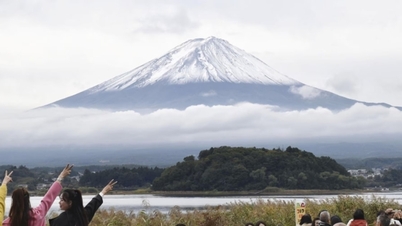











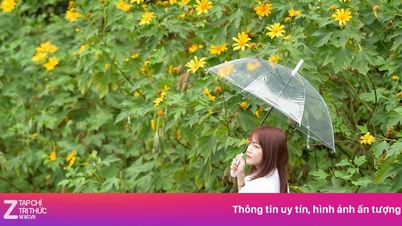













![[Photo] General Secretary To Lam and National Assembly Chairman Tran Thanh Man attend the 80th Anniversary of the Traditional Day of the Vietnamese Inspection Sector](https://vphoto.vietnam.vn/thumb/1200x675/vietnam/resource/IMAGE/2025/11/17/1763356362984_a2-bnd-7940-3561-jpg.webp)








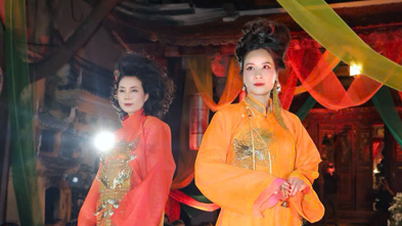

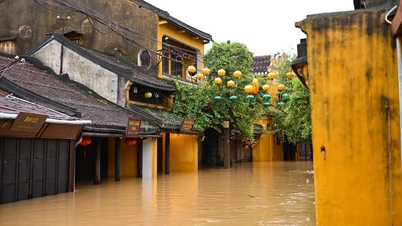













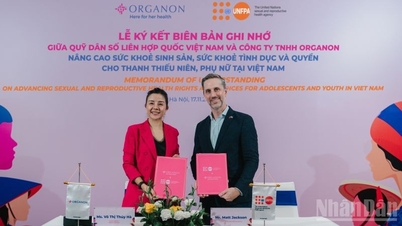



























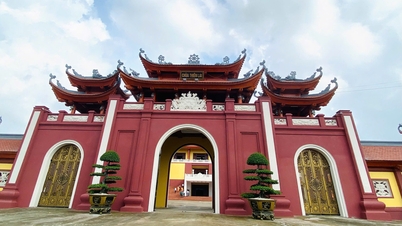















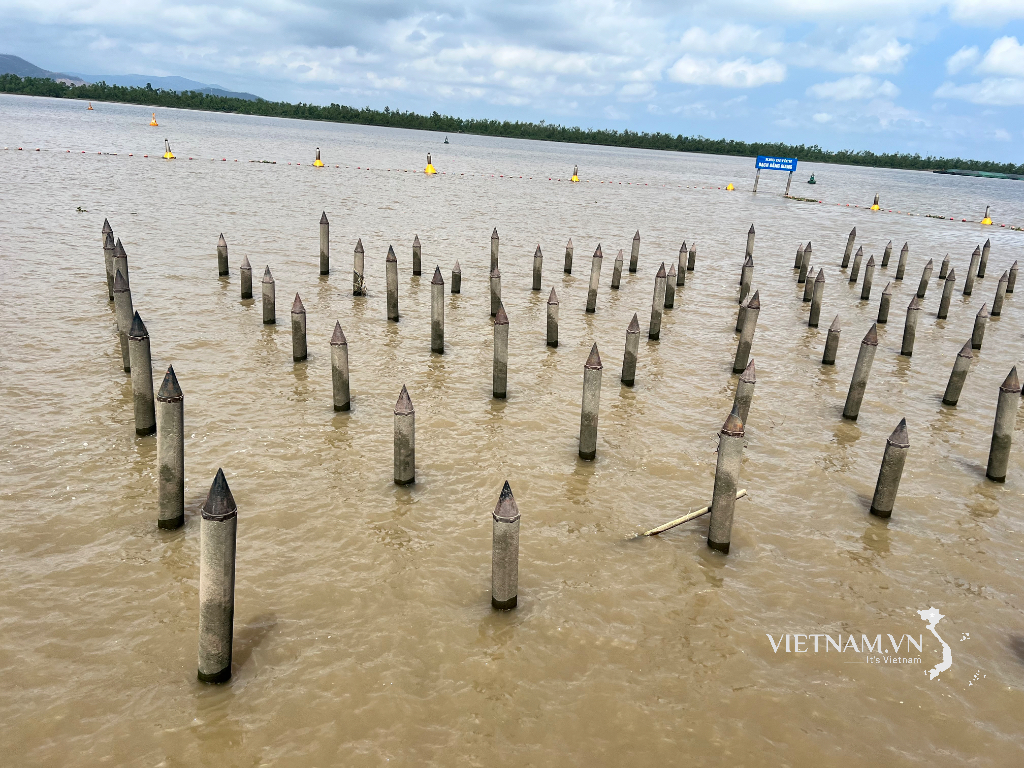

Comment (0)